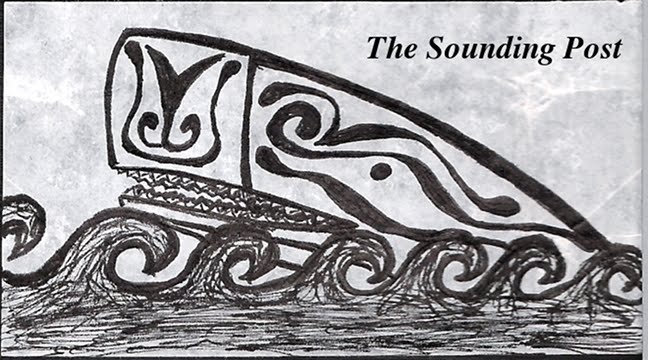My review of Dan Auerbach’s album, Keep it Hid, requires some explanation. While there are tracks on it which are truly outstanding, it is the album itself that is so very good. It stands as a work of art above its individual components; it is an album, and should be enjoyed as a whole. I’ve long praised the idea of albums-as-a-whole. Auerbach’s CD has prompted me to write on these thoughts and place them before the most considered of judges – the Internet.
First allow me to prevent a common error. Albums-as-a-whole are separate from concept albums, such The Who’s Quadrophenia, Pink Floyd’s The Wall, both DETHKLOCK and Gorillaz albums, etc. Concept albums are explicitly created to explore a certain theme or to, through the course of the project, tell a specific story. While many of these types of albums are very intriguing, and capable of producing some absolutely outstanding tracks (The Beatles’ Sgt. Pepper’s and, more recently, The White Rabbits Fort Nightly come to mind), often times they also feature tracks which sound forced into the theme, added in a misguided attempt to ‘round out’ the album – I’m looking at you, Kilroy was Here.
There have been two major movements in this type of project, in my opinion. Beginning with The Who’s Tommy and other rock operas in the late 60’s early 70’s created by bands seemingly bored with the rock ‘n’ roll genre at the time and wanting to create something of a more narrative or ‘artistic’ nature, concept albums flourished through the 1980’s. Recently, metal seems to have undergone a similar transformation – bands tired of what they felt was a stagnant sound. They have turned to concept albums, often about a time period (medieval is popular) or some similarly grandiose theme (pirates, dragons, etc. No joke). Overall, concept albums are entertaining, but often suffer at least in part from the restrictiveness of the concept itself.
Albums-as-a-whole operate in an entirely different mode. They aim to be complete, contained listening experiences, where all the songs interconnect on some level, but are not centered on a theme in any overt way. Since the ties between songs are not explicitly given these albums are very difficult to do well. There are several classic rock albums of note which fit into this category: The Beach Boys Pet Sounds, Supertramp’s Crime of the Century, The Beatles’ White Album and Abbey Road, The Who’s Who’s Next, Pink Floyd’s Dark Side of the Moon, and Rod Stewart’s Every Picture Tells a Story, just to name a few.
The 1980’s shifted away from this mode of music production – while there are examples of albums-as-a-whole from this time, the industry seemed more concerned with following the model of the ‘50’s and ‘60’s, where albums were filled primarily with singles and the production was focused more on getting the songs to play on radio than anything else. This attitude has always been present in the music industry, but today we are still somewhat in the 1980’s money-centric perspective on music production. However, the past 20 years have also seen numerous artists backlash against such “corporate” thinking (Beck and Nirvana both released ‘90’s albums-as-a-whole), particularly with the wide-spread rise of independent record labels and artists.
Beginning in roughly 2003-2004, there’s been a veritable explosion in the creation of albums-as-a-whole. Destroyers’ Destroyer’s Rubies, The New Pornographer’s Challengers, The Good The Bad and The Queen’s self titled album (this is Damon Albarn’s latest band), and the White Stripes’ De Stijl are all recent examples.
Regardless of whether these albums are appealing on an individual, song-by-song basis, they must be respected for the craftsmanship and degree of artistic ability required for their creation. It is a truly admirable feat to be able to create a group of songs so intrinsically bound together without resorting to a gimmick such as concept albums nor by producing the same song 12 times (see: N-Sync).
It is this inter-track bonding which also makes albums as a whole so satisfying to listen to. The flow between each song and the development of the album as you progress through it creates anticipation for the next track, building a cathartic implosion of a climax. The album demands to be listened to in its entirety as a single event.
The majority of albums produced chronicle that band’s output since their last release. The songs may be arranged (somewhat) to create a more pleasing aesthetic, but the CD is essentially a hodge-podge of music, merely sharing a certain band and a certain time frame. Conversely, Keep It Hid was crafted as a single project, and the reason my review gave such high praise is because of the difficulty inherent in creating such an album, as well as the quality and skill Auerbach imbued it with.
Thursday, March 5, 2009
Subscribe to:
Post Comments (Atom)





No comments:
Post a Comment